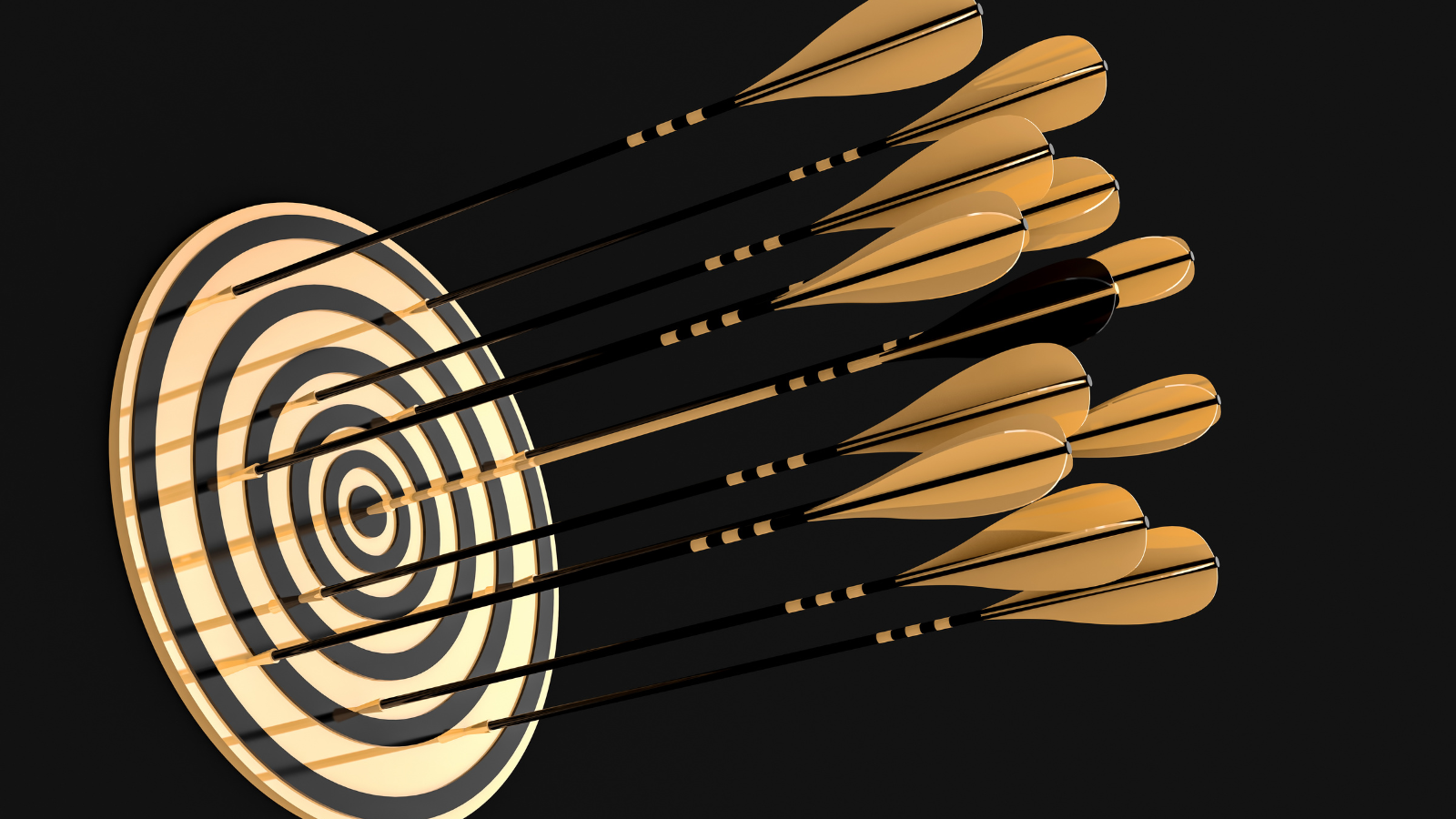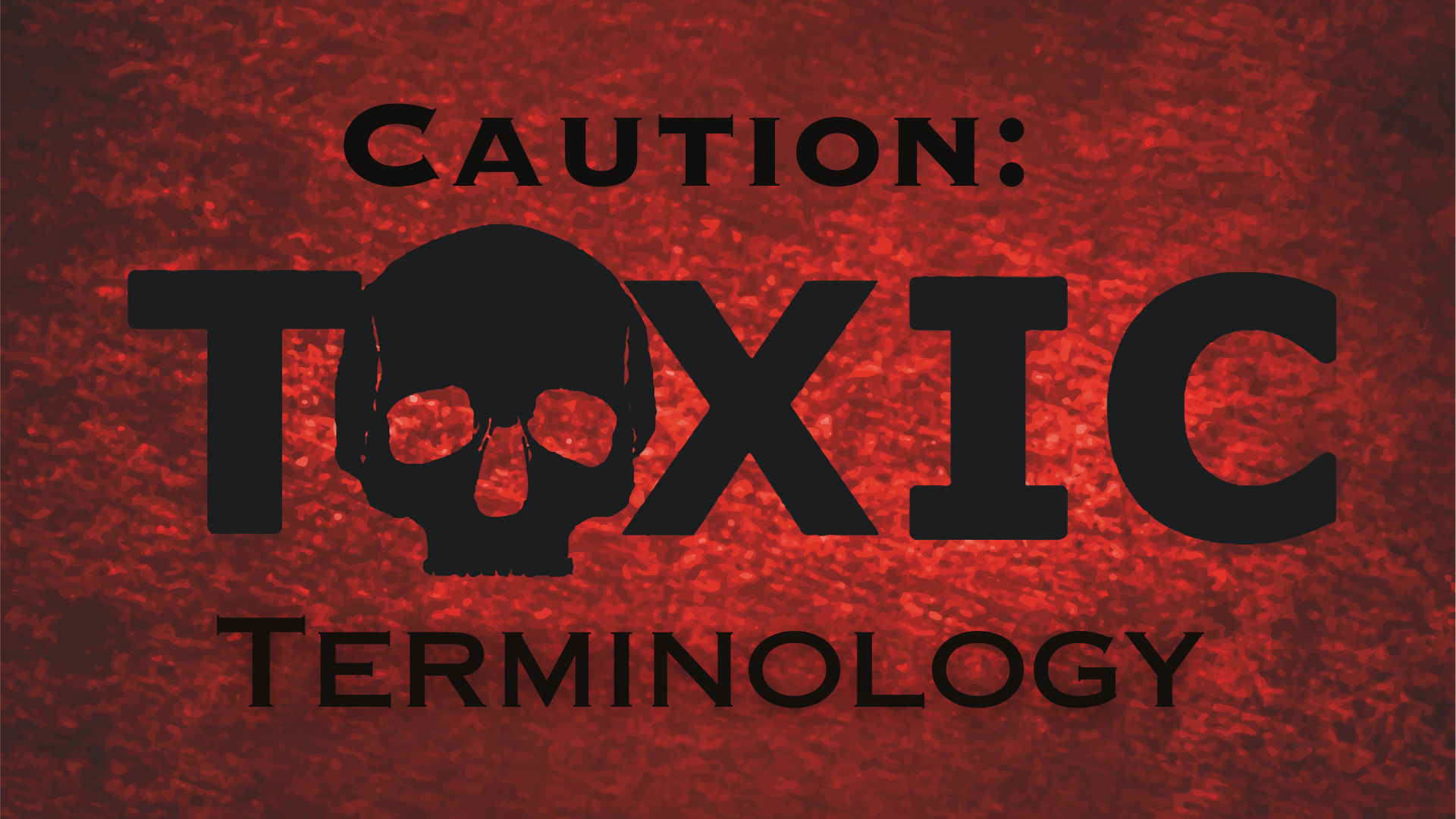Are men less willing to engage in traditional talking therapy because therapy has been feminised?
Typically, men are less likely to seek help for physical and mental health problems compared to females. Furthermore, In the UK, men are far less likely to engage in mental health services than women. It may be that lower rates of mental illnesses, such as depression, explain why men are less likely to seek therapy. However, worldwide, males are around 1.8 times as likely to die by suicide than females, and 4 times as likely within Europe. This suggests that there is a substantial amount of undiagnosed mental illness among men, which is concurrent with the lack of help-seeking. Many authors have suggested this is due to socially constructed masculine norms, around self-reliance. Whereas others have suggested approaches incorporating aspects of innate gender differences and socially constructed stereotypes.
Heath, Brenner, Vogel, Lannin and Strass, (2017), found that male gender role stereotypes, such as emotional control and self-reliance, act as a barrier to help-seeking in men. They also argue that these masculine norms are responsible for the lack of males accessing counselling. This is supported by Hammer, Vogel, and Heimerdinger-Edwards, (2013), who found that adherence to western masculine norms was associated with self-stigma and negative attitudes towards counselling. This suggests that the lack of help-seeking behaviour in men results from socially constructed gender stereotypes. These stereotypes may dictate that counselling is “too feminine” for a man, and the resultant psychological conflict prevents men from accessing support. Additionally, Heath, Brenner, Vogel, Lannin and Strass, (2017), found that self-compassion buffeted the relationship between masculine norms and self-stigma around counselling. Consequently, it may be that counselling itself is not incompatibly feminine for men, but rather it is the socialisation process which shapes adherence to masculine norms, which causes the gender disparity in help-seeking. If men could foster more typically feminine traits, such as self-compassion, they may sustain a healthy gender identity whilst accessing support.
“Given that traditional counselling is largely dyadic, this may conflict with the evolved tendency for men to engage in problem-solving as a group activity.”
There are some fundamental flaws in this argument. For instance, Hammer, Vogel, and Heimerdinger-Edwards, (2013) used the conformity to masculine norms inventory (CMNI). According to the authors, the CMNI is designed to measure adherence to socially constructed gender norms. Despite this, many of the inventory’s facets measure features of masculinity which have a strong biological component. For example, the facets of emotional control, risk-taking and violence, have also been linked to testosterone exposure by other researchers. This highlights a critical flaw in the notion that socially constructed gender roles can be measured independently of biological sex differences. Additionally, variations in personality traits and relational styles, between sexes, all seem to have a strong evolutionary component and tend to manifest cross-culturally. This suggests there is likely an interplay between environmental and biological factors which discourage men from accessing counselling.
In order to understand how these differences affect men’s ability to access and benefit from counselling, it is pertinent to define how traditional counselling may conflict with the male archetype. Archer, (2019), argues that selection pressures in the early ancestral environment predispose men towards favouring group goal-oriented tasks, i.e. hunting and warfare. Meta-analytic evidence also suggests that men outperform women in group goal-oriented tasks, and that male children tend to socialise in groups, and females in dyads. Given that traditional counselling is largely dyadic, this may conflict with the evolved tendency for men to engage in problem-solving as a group activity. Furthermore, traditional counselling’s focus on emotional content may conflict with the tendency for men to score lower on emotional intelligence, compared to women. Nevertheless, Pardeller, Frajo-Apor, Kemmler, and Hofer, (2017), found that men and women tend to score similarly across measures of emotional intelligence,whereas men also scored significantly higher in problem-solving and reasoning than women. This is also consistent with evolutionary explanations of sex differentiation in vectors of cognitive performance.
From this, it can be gathered that there is mixed evidence for sex differences in emotional intelligence. Nonetheless, it may be that males tend to rely on certain cognitive trajectories which involve pragmatism over emotionality. This in itself does not mean counselling is incompatible with men. But rather, it suggests that there may be a need to re-consider how counselling is delivered to men. It may be that alternative interventions successfully target male-specific variation in coping and relational styles.
According to Reinecke, Ryan and DuBois, (1998), cognitive-behavioural therapy (CBT) focuses on increasing self-control and developing problem-solving abilities. These facets of CBT also seem to fit with the proclivities men examined thus far. Nevertheless, it would seem that a male-specific intervention should also leverage preferences for group activity. For instance, McGale, McArdle and Gaffney, (2011), investigated the effects of CBT and group exercise on depression scores in men. The CBT/group exercise condition had significantly lower scores than the control condition, of participants on a waiting list. However, CBT/group exercise was found to be less effective than exercise alone. Still, a fallow up qualitative analysis, showed that major themes involved a sense of comradery and social support, as well as a normalising of mental health issues through the shared experience of gaining skills.
Although quantitative data on this intervention warrants hesitancy, it is worth noting this study was the first of its kind to assess CBT exercise interventions for men. Additionally, the qualitative accounts do seem to fit with the evidence regarding the preference for group-orientated, goal-focused therapy for men. This concept is also mirrored in the success of men’s self-help groups such as men in sheds. Men in sheds groups involve men working together to learn new skills, often DIY and woodwork. Despite the heuristic of men’s reluctance in talking about mental health, Milligan, et al., (2016) found that these groups involved men discussing their mental health candidly. Nevertheless, it is difficult to compare the effects of these treatments to traditional counselling, as most accounts are qualitative. Regardless, it may be that novel group interventions for men, serve to fill a niche which caters to men who would otherwise not benefit from counselling. From the evidence gathered so far, it seems that traditional therapy could be considered too psychologically feminine for some men. However, there are a range of alternative interventions which may capitalise on male-specific characteristics. Despite the lack of quantitative data in support of these, there seems ample provision for group and goal-focused interventions as an alternative, or adjunct, to counselling for men.
“Gamma bias […] plays down positive aspects of masculinity, whilst rejecting the notion of men as victims.”
There is a growing philosophy within social sciences which frames masculinity through a postmodern lens. These models tend to take a deficit approach to the psychology of men. The American Psychological Association (APA) recently released guidance on men and boys, which follows a similar narrative. They often assign issues that tend to affect men, such as suicide and violence, to socially constructed masculine norms, gender role strain and patriarchy. The APA suggest that psychologists should adopt their guidance in treating men and boys.
However, there may be some major ethical issues in using this guidance in clinical practice. For instance, Seager and Barry (2019), argue that men are subject to a unique form of prejudice known as gamma bias. Gamma bias involves the notion that success among men is often condemned as privilege, while among women it is celebrated as an achievement. Similarly, men are often depicted as perpetuating injustice, whereas women are often portrayed as victims. This type of bias often plays down positive aspects of masculinity, whilst rejecting the notion of men as victims. In this instance, the APA’s guidance focuses almost exclusively on masculinity as a deficit. Although some credence is given to advantageous aspects of masculinity, this is often portrayed through the lens of men as beneficiaries of power and privilege. Similarly, issues such as male suicide are also ascribed to masculine gender roles, i.e. eschewal of help-seeking. This may be a clear example of gamma bias, as male strengths are attributed to privilege, whereas male deficits are attributed to the dysfunctionality of masculinity. Furthermore, the APA suggest that it is the responsibility of psychologists to challenge traditional masculine behaviour in clients. This may be an issue as this would likely discount the protective effects of masculinity in the psychology of men.
The positive psychology positive masculinity framework (PPPMF) identifies several facets of masculinity which may act as protective factors toward men. For example, care, generative fatherhood, and bravery are argued to be fundamental values of masculinity, which promote psychological well-being. The PPPMF also argues that psychologists should promote these qualities in male clients. They argue that shaping male behaviour through deficit models of masculinity may result in deterring males from accessing therapy. This is because males may see this as an attack on their own autonomy.
The PPPMF is relatively new and has little quantitative evidence for its efficacy. However, when comparing the PPPMF with the APA’s guidance, it seems there are clear epistemological differences. The PPPMF takes a more positivist approach to providing evidence for its claims, whereas the APA’s guidance, often relays on postmodern and feminist critique.
The use of postmodern philosophy in science has been criticised due to its rejection of an objective measurable reality. This rejection of objectivity allows researchers to make extreme claims about the world without scientific evidence. In fact, there have been several hoax studies which intentionally fabricated research to bring to light the lack of scientific rigour in publishing postmodern literature. These studies involved blatant fabricated absurdity, such as suggesting that men should penetrate themselves with sex toys to reduce transphobia, which has questioned the validity of postmodern studies of gender.
“Firstly, this suggests that most men view terms such as toxic masculinity as harmful. Secondly, this suggests traditional masculinity has some protective factors and may be associated with reduced suicidality.”
Some aspects of the APA’s guidance do provide empirical support, regarding male-friendly approaches to therapy. However, the use of terminology such as patriarchy, privilege and toxic masculinity are rarely supported by empirical evidence. Specifically, guidelines one and three have been criticised by Barry, Liddon, Walker, and Seager, (2021), because the APA claim that masculinity is purely a social construct and declare the existence of patriarchy, without any scientific evidence for this. Interestingly, Barry, Liddon and Seager, (2020), found that 88% of male participants felt the term toxic masculinity is harmful to young boys. They also found that there was a moderate positive correlation between favourable views on traditional masculinity and self-esteem. Additionally, De Man and Gutierrez, (2002), found that low self-esteem was correlated with suicidality. Firstly, this suggests that most men view terms such as toxic masculinity as harmful. Secondly, this suggests traditional masculinity has some protective factors and may be associated with reduced suicidality.
From this, it could be gathered that guidance such as the APA’s may be incompatible with most men. As men tended to look unfavourably on terms such as toxic masculinity, it could be argued that the use of such language could deter men further from accessing support. Similarly, the APA tend to overlook the protective aspects of masculinity which may attenuate suicidality. If a clinician were to adopt the APA’s guidance, it may be that this would be a deterrent to males accessing support, as well as discounting the protective effects of masculinity. Overall, it seems that the adoption of the postmodern ideology may serve to further alienate men from the process of counselling, rather than contribute to male-friendly approaches.
To conclude, there is a clear sex difference in help-seeking behaviour which appears to be consistent with the lack of males seeking mental health support. Although this can be partially explained through socially constructed gender roles, there are issues with the validity of measuring such concepts. There does, however, seem to be evidence for evolutionary and biological differences which may shape men’s receptivity to therapy. Although many therapies do, in theory, appear to be more relevant to the psychology of females, there are a range of novel therapeutic interventions which may be more male-friendly. Finally, although progress is being made to make therapy more accessible to men by some, the adoption of postmodern ideology into guidelines may also act as a barrier to males seeking support.
This essay for the undergraduate Male Psychology module originally appeared on the University of Sunderland website on 17th January 2023.
Scroll down to join the discussion
Disclaimer: This article is for information purposes only and is not a substitute for therapy, legal advice, or other professional opinion. Never disregard such advice because of this article or anything else you have read from the Centre for Male Psychology. The views expressed here do not necessarily reflect those of, or are endorsed by, The Centre for Male Psychology, and we cannot be held responsible for these views. Read our full disclaimer here.
Like our articles?
Click here to subscribe to our FREE newsletter and be first
to hear about news, events, and publications.
Have you got something to say?
Check out our submissions page to find out how to write for us.
.

















































